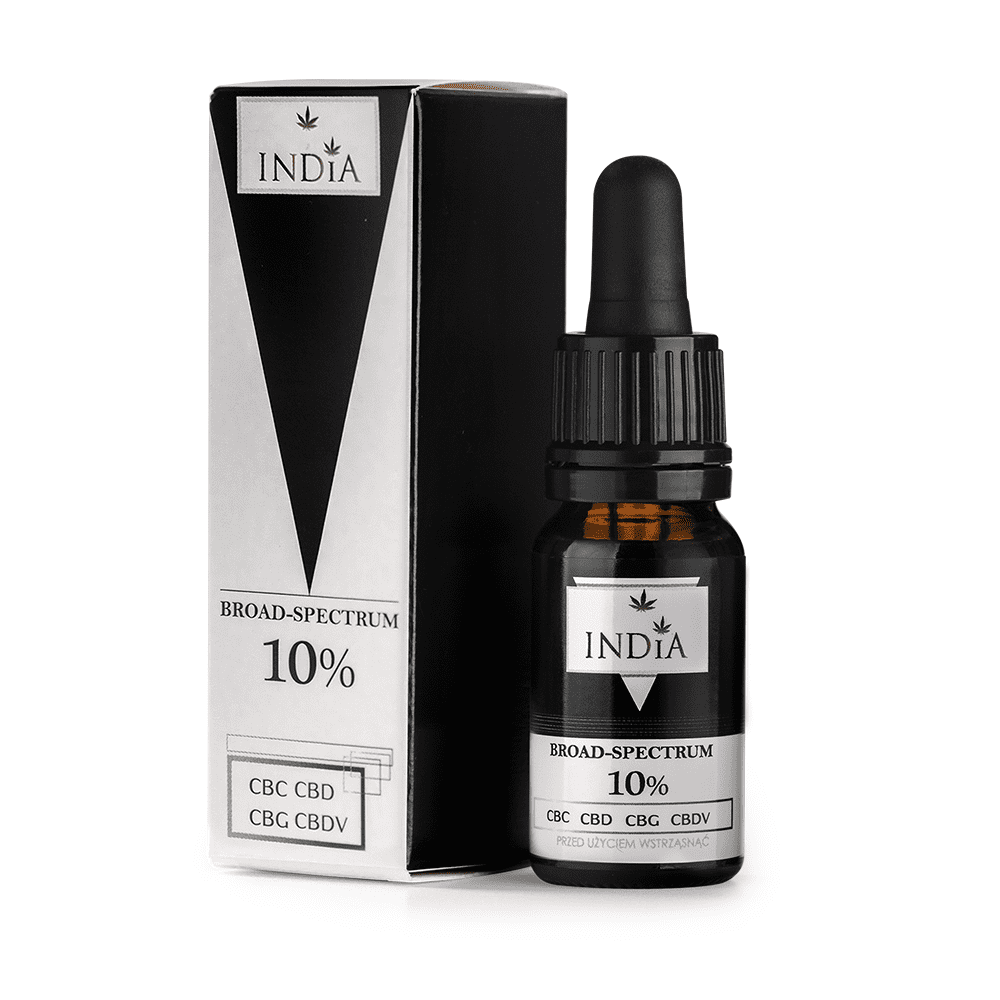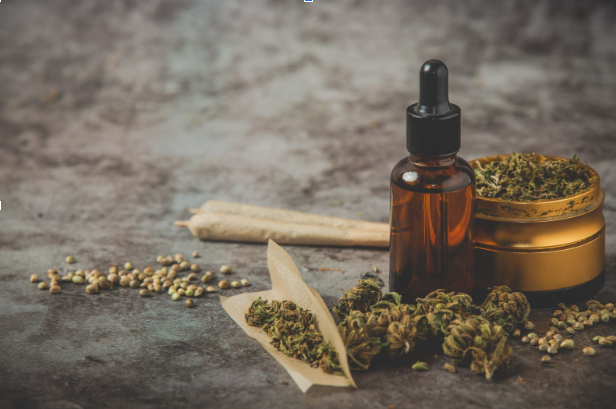
Behavioural cognitive treatment is a form psychotherapy that helps to manage the symptoms of various mental health conditions. The most common treatment options include Activity diaries, Goal orientation therapy, and Thought recording. These techniques can also be used for anxiety disorders. Read on to learn more about cognitive therapy.
Identifying negative thoughts
The first step in identifying and removing negative automatic thoughts from behavioural cognitive therapy is to examine the thought's actual nature. These thoughts are often distorted by previous experiences or feelings and can be reinforced. These thoughts are based on 15 years worth of experience. We can compare the original thought to determine if it has been distorted or how we can change it. During therapy, we will be able to change our automatic negative thoughts into more positive ones.
We all experience negative and positive automatic thoughts. It's important to challenge these beliefs. This is an important part of dealing with social anxiety. Psychotherapists can challenge deeply held beliefs to help patients make healthier choices. This is called disputation. Once we have identified our negative automatic thoughts we can begin to dispute them by using evidence that disproves their falsehood.

Activity diary
Practitioners can use an activity diary to track specific information about clients' baseline activity. This can be used to measure progress and help clients pay attention to their current activity level. It also allows them track changes over time. Therapy professionals can use activity journals to get client responses on how each activity impacts their mood, senses and sense of accomplishment. These can be used to have an ongoing discussion about the relationship between mood and activity.
The authors assessed a variety of variables to understand the impact of the activity journal, including demographics as well as clinical factors. The majority of participants (73%) did not complete the activity diary. However, this did not change the conclusion about the intervention's ability to improve the quality of depression patients' lives. While evaluating the effectiveness of the activity diary, researchers noted that the treatment improved the patient's symptoms. Participants in the study reported a significant improvement in their moods after following the program.
Recording your thoughts
Cognitive therapists often recommend the use of thought recording in cognitive therapies. It is an effective tool for identifying problematic thoughts, and improving metacognition. Thought recording can help clients distinguish between positive and negative thinking patterns. This is especially useful for clients who experience anxiety or panic attacks often. It can also be used to help clients manage difficult emotions and hot thoughts, by helping them to keep a balanced viewpoint.
A thought record can help you recognize the truth behind intrusive ideas and help to manage the situation more effectively. There are many steps involved in thought recording. You must include them all in your thought record. The thought record should show your progress in mental health once you're done. However, it is important to keep a record of all the thoughts that arise as part of your daily life. Once you learn to recognize and separate the truth behind these thoughts, you can apply them to future situations.

Treatment that is goal-oriented
Behavioral experiments are used to collect evidence for and against maladaptive core beliefs. The patient makes predictions and then notes whether they are correct or false. These catastrophic predictions will be reassessed by the patient as time passes. The evidence can be used to challenge the patient's maladaptive beliefs, and help them reframe these rules. During goal-orientated treatment in behavioural cognitive therapy, patients can expect their cognitive behaviour to improve.
The aim of behavioural cognitive treatment is to reduce the impact of a psychiatric condition. The patient is taught techniques to change their thinking, moods, and behaviours in order to overcome the problem and prevent relapse. Goals are usually established in relation to a particular life situation. The patient may be looking for a new job, a relationship that is more fulfilling, or a way to reduce anxiety and despair. Once this goal is achieved, therapy might be over.
FAQ
Can CBD have a future in medicine?
Yes. But not because of its medical benefits but rather due to its ability to help people feel better without getting high.
The fact that it doesn't make you feel any different when you use it makes it perfect for those who are looking for an alternative to prescription drugs.
There is ample evidence to support the claims that cannabis can relieve pain, anxiety, depression, insomnia, among other conditions.
Cannabinoids are also found in cannabis, which interact with brain receptors. This interaction can produce feelings of relaxation, well-being, and even a sense of well-being.
You should understand the effects of CBD oil on your body and health if you are considering using it.
Is the CBD industry growing?
The answer is yes! And that growth is expected not to stop as legalization continues across North America. Canada, which legalized recreational cannabis, has passed several medical marijuana laws.
This trend will likely continue for at least another decade as more states pass legislation allowing access to medicinal marijuana.
The legalization of marijuana also makes sense from an economic perspective. Legalizing pot can provide many benefits, not only for farmers but also for the general public.
It could help decrease crime rates by reducing illegal drug availability. It could also generate tax revenue for the government.
As legal marijuana is more popular, people may be less likely to smoke. This would result in fewer hangovers, and lower healthcare costs.
Patients with chronic pain might find that marijuana actually helps to improve their quality-of-life. Many believe that THC (the active ingredient in marijuana) helps to relieve the symptoms of nausea and muscle spasms associated with chemotherapy.
Perhaps marijuana can be used as a treatment for mental illnesses like anxiety and depression. In fact, some studies suggest that marijuana can even treat schizophrenia.
Even though the CBD industry looks promising, there are still many challenges to be overcome.
Is CBD a good investment?
The demand for hemp-based goods continues to rise as more people realize their benefits. There could be $1B worth of hemp products on the shelves by 2022.
It is also expected that the market will continue to grow at an annual rate exceeding 20% through 2020 when it reaches $2.5 Billion.
Hemp oil is used in many beauty- and health-care products like lotions.
There are also several companies producing CBD-infused beverages, snacks, pet foods, dog treats, and other food items.
CBD is currently legal in all 50 US states. This may change quickly. Businesses will find it easier to legally operate legally as more research is done on CBD's potential uses.
These are all factors that make CBD investments a viable venture.
Statistics
- A recent study [161] also found that in vitro CBD treatment (i.e., ≤ 2 h exposure to 10 μM) induced ~40% vasorelaxation in isolated (pre-constricted) (ncbi.nlm.nih.gov)
- however, one study also found that these effects were virtually abolished when the original media (a nutrient broth agar) was replaced with one containing 5% blood (increasing the minimum concentration to ~160 μM CBD) [179]. (ncbi.nlm.nih.gov)
- As a substance that was federally illegal before the passage of the 2018 Farm Bill, hemp-derived cannabinoids with no more than 0.3% THC still face a regulatory grey area. (forbes.com)
- CBD seems unlikely to directly influence sleep in healthy humans [115] (and maybe “sleep-promoting” in those with certain comorbid conditions) (ncbi.nlm.nih.gov)
- OralWhere HED is the human equivalent dose, and Km is a correction factor estimated by dividing the average body mass (BM) of the species (60, 0.020, and 0.150 kg for 11 humans, mice, and rats, respectively) and by its surface area (see: Nair et al. (ncbi.nlm.nih.gov)
External Links
How To
What are the most common problems in the CBD industry?
The market for CBD products continues to grow at an amazing rate. Businesses looking to get into this market face many obstacles. These include low consumer awareness, high entry costs, limited capital access, regulatory uncertainty, and lack of consumer awareness.
Many consumers do not know what CBD is or how it works. This makes it difficult for consumers to make informed decisions on whether or not they want CBD products.
CBD companies heavily rely on word-of-mouth advertising. This is expensive because it requires paying for advertising and hiring staff to promote their brand.
The high production costs are another issue that new entrants to the CBD industry face. The raw materials needed to create CBD products are quite expensive. For example, hemp needs to be grown in specific climates and soil types before it can be processed into CBD oil.
Growing enough hemp to make CBD oil takes around $1,000 per acre. This means that many small farmers cannot afford the cost of starting.
Another challenge new entrants face in the CBD market is the lack of access to capital. Banks discourage many people from starting a business because of the stigma attached to this industry.
There is also regulatory uncertainty around the sale of CBD products. There are no established guidelines regarding the marketing of CBD products.
Despite some states having passed laws restricting the sale CBD products, this is not yet a national policy.
Only Nevada and Maine have already legalized recreational cannabis.
Massachusetts and Michigan have considered similar measures.
These changes could mean that CBD manufacturers will be more competitive.
These factors lead to many entrepreneurs choosing to work from their home instead of starting a physical company.